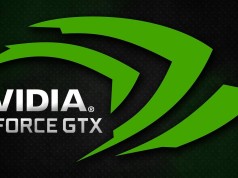Fury X Review & Benchmarks
The R9 Fury X contains the Fiji processor, which is based on AMD 3rd AMD’s generation GCN architecture, codenamed Tonga which was previously found in the R9 295. Doubling up the stream processors leads to an immense shader count up to 4096. The core is combined with HBM (High Bandwidth Memory) which make AMD the first to market a graphics card powered with HBM.
The memory chips are stacked on top of one another (typically they are next to each other) which is placed right next to the GPU die itself on a interposer therefor it saves huge chunks of space surrounding the GPU that would normally see GDDR5 chips taking up precious space on the PCB. This also leads to less VRAM chips on the board, as less power is required which just means that VRMs that power the RAM don’t need to be there. Adopting HBM which lead to smaller GPU cards without sacrificing any power.
Benchmarks
|
Games Benchmarked
Each benchmark was done atleast 3 times. Best result was shown. |
FURY X
|
Witcher 3 Benchmark
Grand Theft Auto V Benchmark
Tomb Raider Benchmark
Assassin Creed: Unity Benchmark
Shadow Of Mordor Benchmark
Hitman Absolution Benchmark
 Results
Results
In the benchmarks we performed we was surprised with the performance. We ran test numerous times to see why we weren’t getting the same results as other benchmarks, then we realised that we wasn’t fanboys or getting “sponsored” but I don’t blame them. We did realised some benchmarks did have similar results which is awesome.
The Fury X is a beast but we did manage to come to find a problem, there was a slight wine which was barely noticeable with a case of. At full load it was fine, in a sound test it pretty much was on level with the 980ti which has now been fixed. The issue was only with the first batch only for a few minorities.
Q & A
Q1. Why was Hairworks Disabled but not Tress FX?
- Hairworks was killing the frame is certain sections on BOTH sides.

















